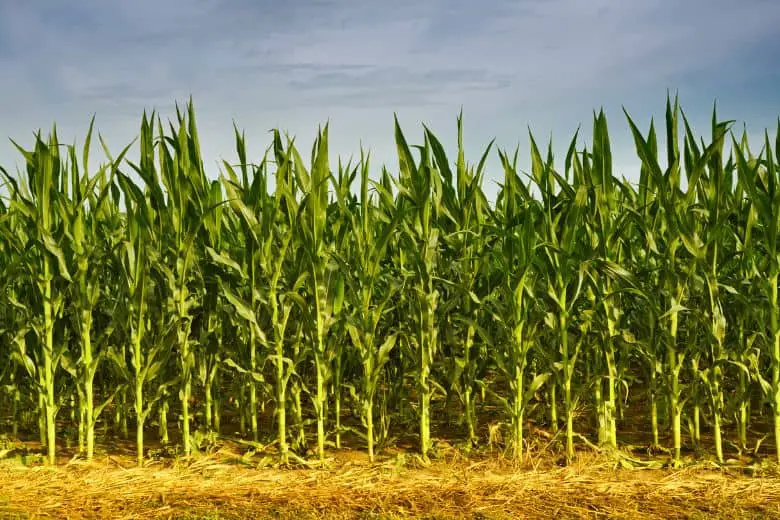
Are you a Minnesota farmer or gardening enthusiast with dreams of a successful corn harvest? Knowing the best time to plant corn in Minnesota is crucial for achieving optimal growth and maximizing your yield.
Eventually, corn is a warm-season crop that thrives in specific temperature ranges. To ensure successful germination and early growth, it’s essential to plant corn when the soil temperature reaches a minimum of 50°F (10°C) at a depth of 2 inches (5 centimeters).
In Minnesota, the recommended time for corn planting typically falls between late April and mid-May.
By aligning your planting schedule with the optimal window, you can take advantage of the warm weather and favorable conditions for corn growth. Monitoring soil temperatures using a thermometer and selecting the right corn hybrid for your specific location and planting timeline are key factors in achieving successful outcomes.
Whether you’re a seasoned farmer or a gardening enthusiast, this guide will provide you with valuable insights into when to plant corn in Minnesota.
Continue Reading!
Determining the Best Planting Dates
Most corn varieties need around 65-95 days from planting until they are mature enough to harvest. You’ll want to choose varieties suited for your region’s average growing seasons. In Minnesota, the best time to plant corn is after the last expected spring frost date when soil temperatures have safely warmed to 60°F. Here are the ideal corn-planting windows for different regions of Minnesota:
- Southern MN (Zone 4): May 15th – June 10th
- Central MN (Zone 3): May 20th – June 15th
- Northern MN (Zone 2): June 1st – July 1st
Planting too early runs the risk of slow germination or damage from a late frost. But planting too late means the corn won’t have enough time to mature before fall frost fully. It’s best to aim for the earlier end of these ranges for maximum yield potential. You can also plant a second, later crop in July for a fall harvest if desired.
Preparing the Soil
Proper soil preparation is key for corn to thrive. Aim to plant in a sunny, well-draining location. Start by testing your soil’s pH – corn prefers a neutral pH between 6.5-7. If needed, amend the soil 4-6 weeks before planting with lime or sulfur to adjust the pH.
Till or spade the soil to loosen compaction and incorporate amendments. Remove any grass or weeds that could compete with seedlings.
Add a 2-3 inch layer of compost or other organic matter over the entire planting area for added nutrients and moisture retention.
For bigger yields, you can also incorporate a balanced fertilizer like 10-10-10 at a rate of 1⁄2 to 1 cup per 4×4 foot section at this stage. Rake everything in thoroughly and break up any large clumps before planting.
Planting the Seeds or Starts
Corn is planted either by directly sowing seeds or by transplanting nursery starts. Seeds are less expensive, but nursery starts will get a 2-3 week head start. Here are the basic steps:
Step 1: Make holes about 1-2 inches deep, spaced 12-24 inches apart in rows 2-4 feet apart (closer for bush varieties) based on your seed packet instructions.
Step 2: Drop 2-3 seeds per hole elbow-deep, spaced 4-6 inches apart for thinner stands later. Cover seeds with soil and firm gently.
Step 3: Water well after planting. Keep soil moist but not soaked. Nursery starts should be planted at the same spacing, pushing the root ball just below the soil surface.
Step 4: As seedlings emerge in 1-2 weeks, thin to the strongest plant per hole by snipping extras at soil level.
Step 5: Consider using row covers for 2-3 weeks after emergence if frost is possible to protect young plants. Remove on sunny days when soil is 60°F.
Caring for Your Corn Crop
After planting, corn needs consistent water and occasional weeding. Aim to provide 1-2 inches of water per week, including rainfall. Weed carefully by hand to avoid disturbing shallow root systems. Scouting for pests and signs of stress is also important. Here are some additional tips:
- Fertilize again 3-4 weeks after planting with a balanced fertilizer if soil tests show need. Side-dress a few inches from plants.
- Stake or trellis tall varieties for support once 5 feet tall or add cage netting at planting for support as they grow.
- Hand-pollinate exotic varieties or when silks appear before tassels to ensure full ears form. Shake pollen onto silks in the morning.
- Control corn earworms by checking ears regularly in July-August and handpicking or spraying Bt as needed.
- Harvest when kernels are fully formed, and tassels have begun to dry by twisting and snapping off ears. Enjoy your fresh bounty!
Avoiding Common Pitfalls
Following these timing and care guidelines will optimize your Minnesota corn crop. Here are a few other tips to avoid issues:
- Plant rust-resistant varieties suited to your hardiness zone to reduce fungus risks. Rotate corn crops each year.
- Avoid compacted soil that can stunt root growth or waterlogging that rots seeds and roots. Add plastic drainage tiles if needed.
- Apply foliar fungicides or spray compost tea every 2 weeks if conditions favor leaf blights like northern corn leaf blight. Rake and remove debris between seasons.
Conclusion
With careful timing and maintenance, growing sweet corn is very rewarding for Minnesota gardeners. Nothing compares to that first bite of tender, juicy corn picked straight from the garden on a summer evening. Staying tuned to your region’s optimal planting windows will ensure you can enjoy your own homegrown bounty come mid-summer.

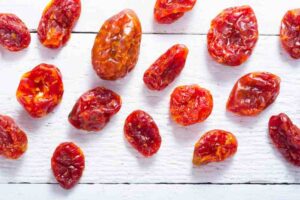

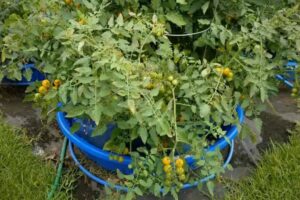
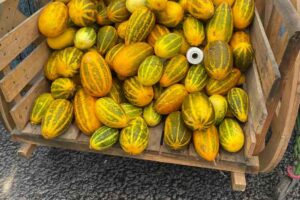
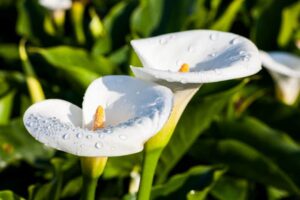
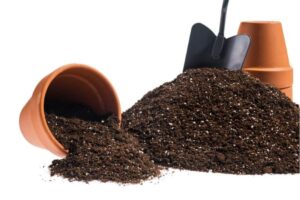

3 Comments